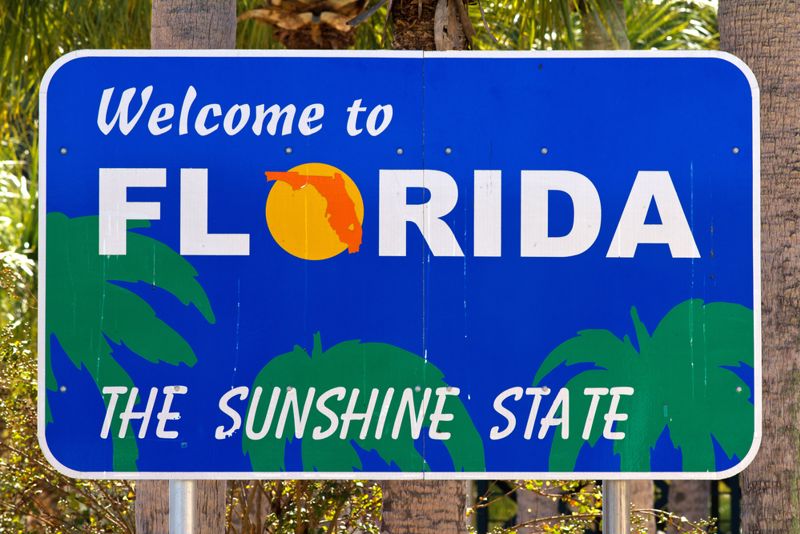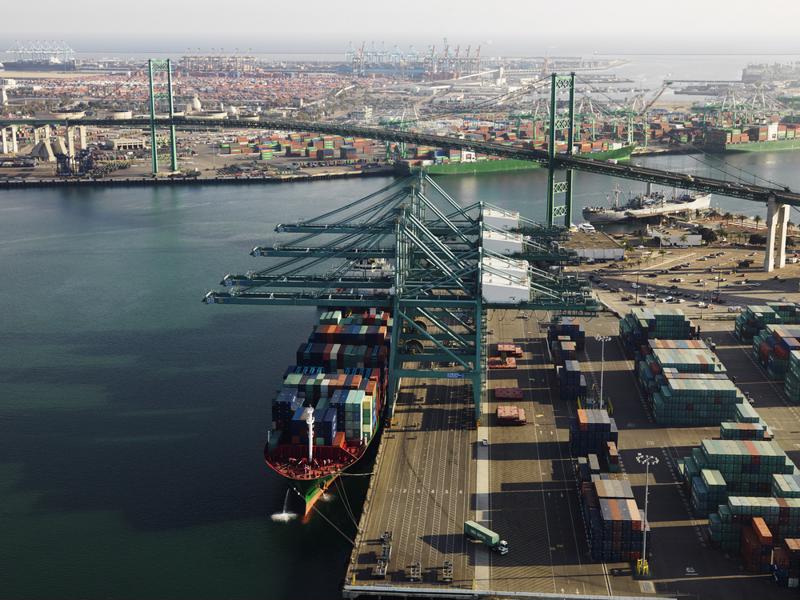Steve Pasierb, president of manufacturing for The Toy Association, told The Wall Street Journal that conditions have improved considerably, particularly in comparison to how things were going last year.
"The script has been flipped," Pasierb explained. "From a supply-chain standpoint, it's the opposite of last year."
Some of these improvements have occurred at major shipping ports. In 2021, the Ports of Los Angeles and Long Beach were overwhelmed with container volume, which prevented arriving ships from docking, unloading and unpacking their TEUs. San Pedro Bay isn't seeing the same kind of traffic now, thanks in part to the authority implementing incentives designed to encourage shippers to remove empty containers more swiftly. In January, for instance, there were 109 container ships waiting to offload their deliveries at Los Angeles, the Journal reported, citing Marine Exchange of Southern California data. In November, there were only six ships waiting.
Gene Seroka, director of the Port of Los Angeles, noted in a November news briefing that retailers have been very bullish on demand, evidenced by the amount of container volume this past summer. Import activity has since dissipated.
"With cargo owners bringing goods in early this year, our peak season was in June and July instead of September and October," Seroka said.
Walmart and Target, for example, are both awash in inventory, having overestimated the level of consumer demand they expected to persist throughout 2022. Walmart has since whittled down its excess inventory by approximately 33% in the third quarter compared to the previous three-month period, Supply Chain Dive reported.
Discount pricing, designed to incentivize customers to buy, has helped to take the sting out of inflation, which is also contributing to a more normalized supply chain.

Some items may still be limited in quantity
However, retailers and producers warn that certain products — which have very specific shipping instructions or methods — may still be hard to find due to a variety of supply- and demand- side factors. While shipping ports are operating more efficiently, rail yards are overwhelmed with containers, creating several chokepoints for truckers. There is also a pending rail strike which has yet to be settled between the federal government and unions representing rail workers. Roughly 30% of domestic freight is transported by railroad.
But for all intents and purposes, supply chains are "essentially back to normal," according to Corey Tarlowe, an analyst at financial services firm Jeffries.
"Now that retailers have cleared through the vast majority of excess inventory, they have the opportunity to focus on categories that resonate with consumers," Tarlowe told the WSJ.
These include improving the shopper experience, the return process and online purchasing channels.






.jpg)

















